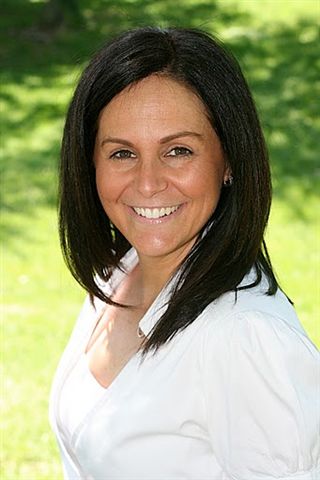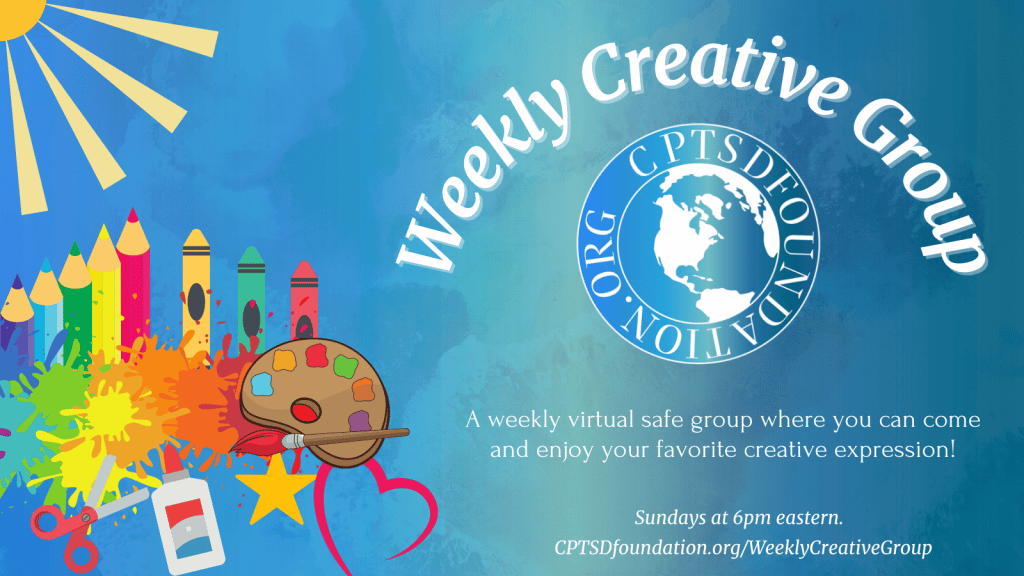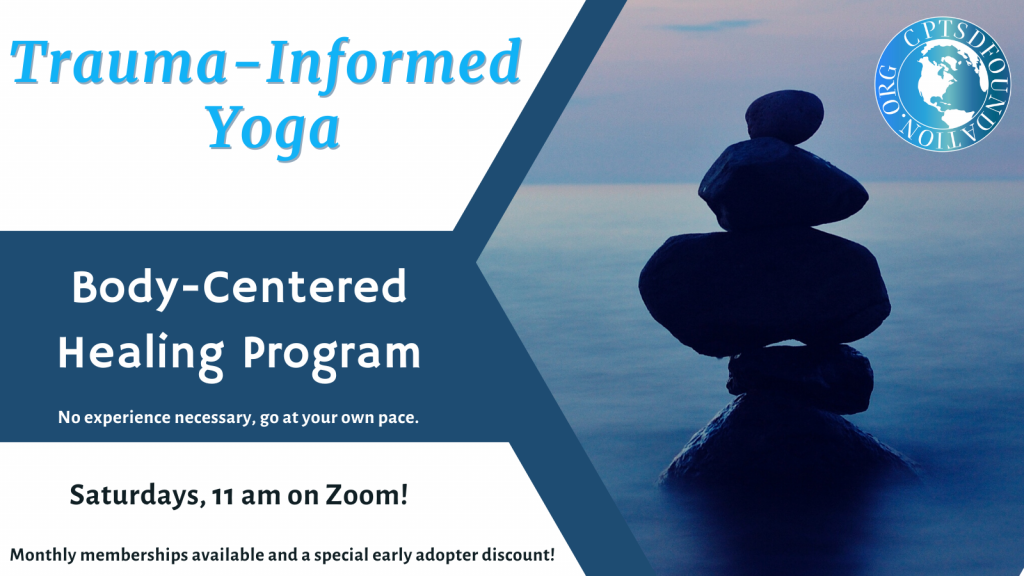I learned an important concept about how to feel emotions again safely – especially after trauma– over 26 years ago from my favorite graduate school professor, the late Terry Taylor Smith, LMFT:
When you use the word “but” between two statements, it negates everything you say before it, while “and” allows you to be saying (and holding) both.
“And” is a powerful word. As a concept for healing, it’s life-changing. Once you start to employ this concept in your life, the possibilities are pretty incredible. I can’t think of a better time to write about how to feel and hold emotions. When so many are feeling numb and overwhelmed, “and” is more relevant and necessary than ever.
How one little word gives you permission to feel your feelings
Compare these two statements and imagine being the recipient. Ask yourself: Which one feels more loving? More expansive? More comforting?
I love you but…
I love you and…
The first phrase probably makes you brace for very scary news – especially if you have a history of trauma. The second one probably feels much less worrisome. It may even feel comforting and reassuring. You’re far more likely to be open to receive the rest of the statement. There is a gigantic difference between those two statements because of one simple three-letter word.
Notice how these statements feel to you:
- I love you and I need some alone time.
- I’m sad and relieved.
- I don’t want to talk about this anymore right now and I love you.
- I’d love to join you and I need us both to wear masks.
- I’m grateful you cooked for me and I don’t like mushrooms.
“And” allows you to hold both feelings instead of just one:
- Happy and sad
- Excited and scared
- Disappointment and acceptance
- Calm and anxious
“And” makes space for you to hold both truths at once. How to feel several emotions safely and simultaneously isn’t automatic: it’s something we need to learn. “And” gives us room to hold and notice all of our emotions.
The power of “and” for trauma survivors
Life is complicated. Emotions are rarely this or that. Most of the time, we experience many thoughts and feelings at once.
For trauma survivors especially, mixed emotions and messages can be hard to deal with.
- It can be hard to understand that someone can need time alone and still love you.
- You may find it confusing to know that someone can hold a boundary and still think you’re special.
- It may seem strange to trust that you can disagree about something and it doesn’t mean the end of a relationship.
- You may need a wider window of tolerance to know that something upsetting can be happening in your life, and you can also be secure.
So much of my work is based on this concept of acceptance — of hard emotions, of trauma, of our struggles, of the grey areas of life, of all kinds of feelings at once. Acceptance, being able to think and feel at once and be ok, allows for growth through continued emotional regulation.
Because it allows emotions that may otherwise overwhelm us, “and” is tremendously important in healing from trauma.
What can “and” do for your life?
- Instead of believing you “should” feel a certain way, you can accept that you can feel angry, upset, or hurt and still be healing. It’s possible to hold negative feelings and still be healing at the same time.
- It can allow you to accept and express the nuances of human emotion.
- It can help you accept and create healthy boundaries, by understanding that you can love someone and also need time to rest. You can care for someone and expect to be treated a certain way.
- It can make feelings less scary.
- It means you can be uncomfortable and accept a compliment.
- It means you can be struggling and provide yourself with self-care and compassion.
- It can help you heal trauma and create secure attachment by knowing that you can be vulnerable and safe. You can express your feelings and still be loved. You can be comfortable with closeness and be independent. You can navigate through tough emotions and resolve conflicts.
- It can remind you that you’re having a hard time and you’ll get through it.
- It means you can feel like running away and instead choose to sit with your uncomfortable feelings.
- It means understanding that you may be using a coping mechanism and you are not your behaviors.
- It can help you hold uncomfortable feelings and expand your window of tolerance. Remember, we can feel both discomfort and acceptance at the same time! This is a normal part of life.
- After losing a baby, it’s possible to feel extreme grief, honoring that lost relationship, and also hold hope to move forward and feel ok again. We can hold grief and move forward.
- It can help you experience the healing power of relationships and find peace with the idea that not everything is either good or bad. (She loves me or she hates me. I’m doing great or I’m a mess.) Things can be both, and that’s okay.
- If you love a trauma survivor, “and” can help you communicate more effectively with your loved one.
As a trauma survivor, once you see that both or even many feelings and statements are possible, it’s ultimately very comforting. I can feel this way and things will change. I can feel this way and it’s not the end of the world. This can be happening and I’m still safe.
“And” creates a bright future where it’s safe to feel emotions
“And” allows you to be a trauma survivor who has survived. It allows you to be healthy and successful today. It allows you to have a past and live fully in the present. It allows you to own the title of trauma survivor, and perhaps even be proud of it.
I’m a trauma survivor and I’m healthy.
I’m a trauma survivor and I’m successful.
I’m a trauma survivor and I’m safe.
Where in your life can you replace “but” with “and”?
Try it. I think you’ll recognize its potential.
Need support? Want to ignite the power of “and” in your life?
A trauma-informed therapist can help. If you’re a potential new client, please contact or email me for care.
Resources
- Why We Practice Trauma-Informed Therapy
- 3 Concepts to Help Trauma Survivors Move Forward Into Healthier Relationships
- How to Repair Love with Trauma-Informed Couples Therapy
Guest Post Disclaimer: Any and all information shared in this guest blog post is intended for educational and informational purposes only. Nothing in this blog post, nor any content on CPTSDfoundation.org, is a supplement for or supersedes the relationship and direction of your medical or mental health providers. Thoughts, ideas, or opinions expressed by the writer of this guest blog do not necessarily reflect those of CPTSD Foundation. For more information, see our Privacy Policy and Full Disclaimer.

Robyn is a Licensed Marriage and Family Therapist with 20+ years of experience providing psychotherapy, as well as the founder and clinical director of a private practice, Brickel and Associates, LLC in Old Town, Alexandria, Virginia. She and her team bring a strengths-based, trauma-informed, systems approach to the treatment of individuals (adolescents and adults), couples and families. She specializes in trauma (including attachment trauma) and the use of dissociative mechanisms; such as: self-harm, eating disorders and addictions. She also approaches treatment of perinatal mental health from a trauma-informed lens.
Robyn also guides clients and clinicians who wish to better understand the impact of trauma on mental health and relationships. She has a wide range of post graduate trauma and addictions education and is trained in numerous relational models of practice, including Emotionally Focused Couple Therapy (EFT), the Psychobiological Approach to Couple Therapy (PACT), and Imago therapy. She is a trained Sensorimotor Psychotherapist and is a Certified EMDRIA therapist and Approved Consultant. Utilizing all of these tools, along with mindfulness and ego state work to provide the best care to her clients. She prides herself in always learning and expanding her knowledge on a daily basis about the intricacies of treating complex trauma and trauma’s impact on perinatal distress.
She frequently shares insights, resources and links to mental health news on Facebook and Twitter as well as in her blog at BrickelandAssociates.com
To contact Robyn directly:
www.BrickelandAssociates.com




Just want to let you know how much I appreciate this post. Even after many years of therapy, I still struggle with emotional regulation at times. “And” is one more tool for my self-care toolbox!
Blog: Forging the Second Self: https://inbetween-selves.blogspot.com/ Editing, Writing, Coaching Services:
Thank you for your kind note. I am so happy to hear that this idea/tool is helpful! Take good care!
-Robyn Brickel, MA, LMFT
This article was so reassuring and inspiring. Thank you
Thank you for letting me me know this article was helpful for you!
Take good care!
-Robyn Brickel, MA, LMFT